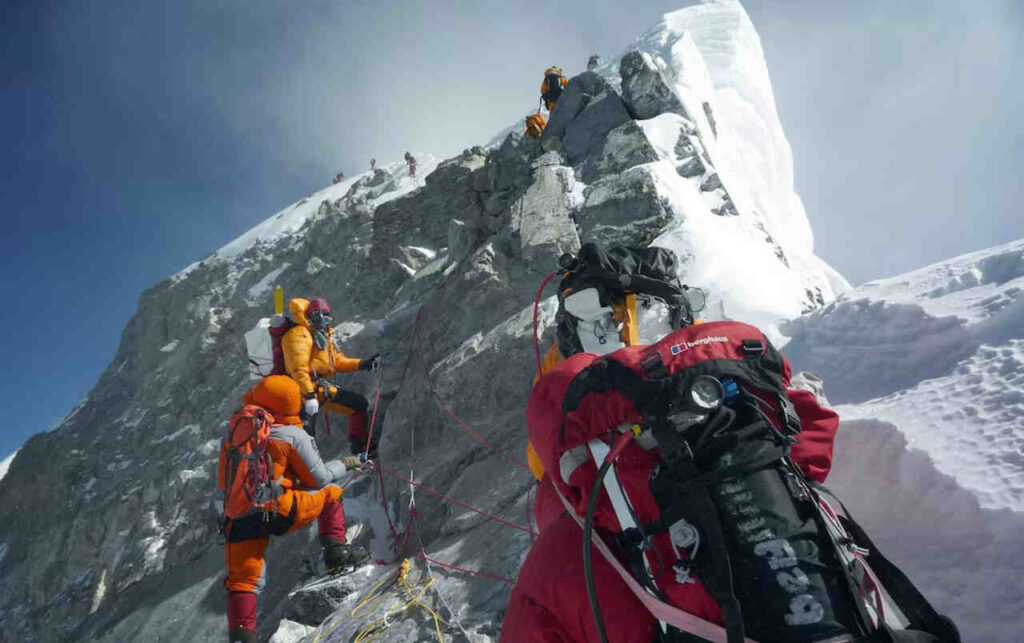Mount Everest, standing tall at an elevation of 29,032 feet (8,848 meters), is the highest peak in the world. Located in the majestic Himalayas, Everest has captured the imagination of adventurers and mountaineers for decades. If you’re considering embarking on this incredible journey, one of the questions that might be on your mind is: How long does it take to climb Mount Everest?
The answer to this question isn’t as straightforward as you might think. Several factors come into play when determining the time required to climb Everest.
Training and Acclimatization Period
Before attempting to conquer Mount Everest, climbers need to undergo extensive training and acclimatization. This process is crucial for preparing their bodies for the extreme conditions they will face at high altitudes.
On average, climbers spend around two months in Nepal prior to their summit attempt. During this time, they gradually ascend to higher altitudes, allowing their bodies to adjust to the thin air and reduced oxygen levels. This process minimizes the risk of altitude sickness and maximizes their chances of a successful summit.
Choosing the Route
There are multiple routes to reach the top of Mount Everest, with varying levels of difficulty and time requirements. The two most popular routes are the South Col route from Nepal and the Southeast Ridge route from Tibet.
The South Col route typically takes around 60 days from arrival in Nepal to summit day and back. This includes the trek to Base Camp, acclimatization rotations up the mountain, and resting periods to allow for recovery.
The Southeast Ridge route from Tibet is slightly shorter, usually taking around 50 days. However, this route involves more technical climbing and can be more challenging due to the higher altitude.
Climbing Season
The climbing season for Mount Everest is limited to a few months each year due to the harsh weather conditions. The primary seasons for summit attempts are in the spring (April-May) and autumn (September-October).
During these months, the weather is relatively stable with milder temperatures and lower winds. Climbers take advantage of these favorable conditions to increase their chances of reaching the summit safely.
Summit Day
Summit day is the most crucial and challenging part of the climb. Climbers typically leave their high camp in the late evening or early morning, aiming to reach the summit by sunrise. This timing allows them to make the most of the weather window when winds are usually calmer. The final push to the summit involves navigating treacherous terrain, including steep slopes, icy ridges, and the infamous Hillary Step. Climbers need to be physically and mentally prepared to face these obstacles and endure extreme cold temperatures.
Once at the summit, climbers spend only a short amount of time celebrating their achievement before beginning their descent. It’s important to note that spending too much time at high altitudes can be extremely dangerous due to the risk of altitude sickness and exposure.
Conclusion
The time it takes to climb Mount Everest varies depending on several factors, including the training and acclimatization period, chosen route, climbing season, and individual fitness level. On average, climbers spend around two months preparing for their summit attempt.
Mount Everest is a challenging peak that demands respect and careful planning. It’s important for climbers to work with experienced guides and follow proper safety protocols to ensure a successful and safe ascent.
Remember, reaching the top is an incredible achievement, but it’s just as important to prioritize your health and well-being throughout the journey.
Read Also:



